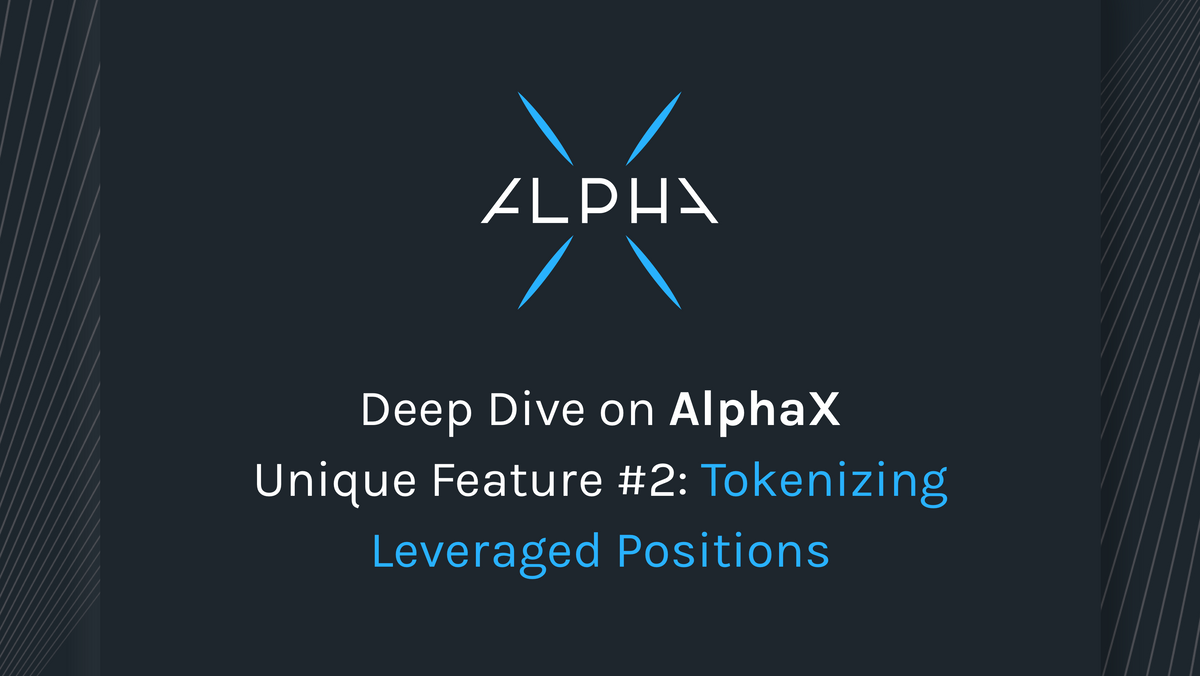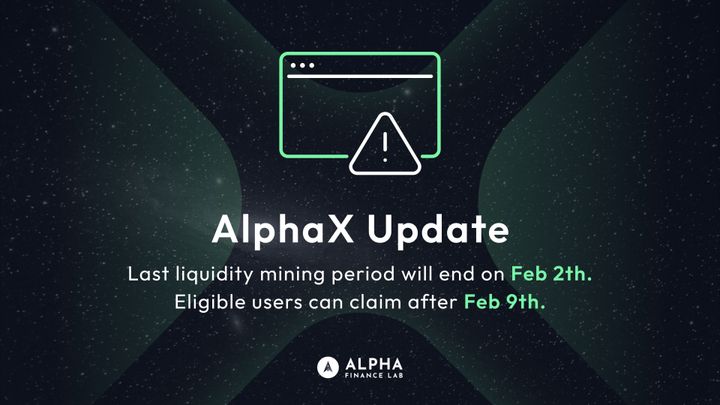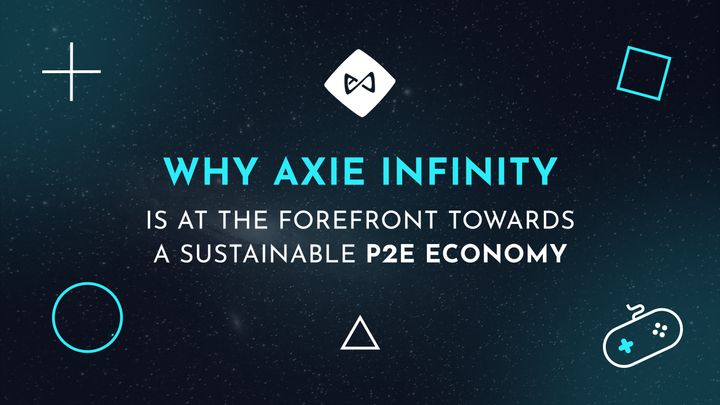Deep Dive on AlphaX Unique Feature #2: Tokenizing Leveraged Positions

AlphaX, the perpetual swap product and the second product in the Alpha ecosystem, will bring unique use cases and a new class of trading product previously unavailable on-chain to the DeFi ecosystem.
AlphaX’s main differentiated functionalities are
- Baking funding rate payments into the price traders open and close position at
- Tokenizing leveraged positions (ERC-20 tokens)
What do these two main differentiated functionalities mean to users, traders, developers in DeFi?
👉 Anyone who wants to be exposed to leveraged position (long or short) can either open a position on AlphaX or buy the equivalent leveraged token on secondary markets such as Uniswap, Sushiswap, etc.
👉 Traders and DeFi users will be able to simply hold the leveraged tokens to be exposed to leveraged positions or even to hedge their existing positions, without having to worry about funding rate payments
👉 Alpha Homora users can hedge their leveraged positions to minimize downside risks by simply holding these leveraged tokens
👉 Developers can further build secondary markets and drive more usages for these tokens in other DeFi protocols
All in all, these capabilities will enable AlphaX to continue innovating in the DeFi space and drive more interoperability among Alpha products and with other DeFi protocols.
For details on how AlphaX bakes in the funding rate payments into the price, please refer to our previous blog post here.
Now, let’s dig into AlphaX Unique Feature #2: Tokenizing Leveraged Positions!
How does AlphaX tokenize your leveraged positions?
Although users and traders don’t need to know the mechanics behind how a position can be fungible and tokenized, the below explains how AlphaX makes it happen.
Long Tokens
- Long tokens are in the form ETH-X, e.g. ETH-200, ETH-250, ETH-300, etc. The X in ETH-X is referred to as “strike price”. This is similar to a CALL option with a strike price X. ETH in the ETH-X is the current ETH price.
- Long tokens of the same strike price X are fungible and tradable. The higher the value x, the higher the leverage.
Example 1: Current ETH price is 600 USDT, a trader wants to open 3x long position on AlphaX
- The trader supplies 600 USDT to AlphaX
- Selects 3x leverage on AlphaX
- Trader gets 3 tokens of ETH-400
- Each ETH-400 token is currently worth 200 USDT since 600 - 400 = 200
Example 1 continued: ETH price is now 700 USDT (from 600 USDT), the same trader who opened 3x long position on AlphaX
- Each ETH-400 token is now worth 300 USDT (since 700 - 400 = 300 USDT)
- The trader has 3 of these tokens, which means that she now has 900 USDT in total
- Her net gain is 300 USDT (900 USDT - 600 USDT), which is 3x the actual ETH price movement (100 USDT increase, from 600 USDT to 700 USDT)
Short Tokens
- Short tokens are in the form Y-ETH, e.g. 500-ETH, 550-ETH, 600-ETH. The number Y in Y-ETH is also referred to as “strike price”. This is similar to a PUT option with strike price Y. ETH in the Y-ETH is the current ETH price.
- Short tokens of the same strike price Y are fungible and tradable. The higher the value x, the higher the leverage.
Example 1: ETH price is 200 USDT, a trader wants to open 2x short position on AlphaX
- The trader supplies 200 USDT to AlphaX
- Select 2x leverage on AlphaX
- Trader will get 2 tokens of 300-ETH
- Each 300-ETH token is currently worth 100 USDT since 300 - 200 = 100
Example 1 continued: ETH price is now 100 USDT (from 200 USDT), same trader who opened 2x short position on AlphaX
- Each 300-ETH token is now worth 200 USDT (since 300 - 100 = 200 USDT)
- The trader has 2 of these tokens, which means that he now has 400 USDT in total
- His net gain is 200 USDT (400 USDT - 200 USDT), which is 2x the actual ETH price movement (100 USDT decrease, from 200 USDT to 100 USDT)
How does liquidation work?
When liquidation takes place, the tokens will expire. Users and traders will still hold the tokens, but the tokens cannot be used to claim the underlying USDT collateral.
Long tokens expire when ETH price drops to the 'strike price + liquidation buffer'. For example, the ETH-400 tokens will expire when ETH price drops to 410 (400 + 10 preliminary liquidation buffer number). In this case, the users and traders who hold ETH-400 tokens are effectively liquidated.
Short tokens expire when ETH price increases to the 'strike price - liquidation buffer'. For example, the 300-ETH tokens will expire when ETH price increases to 290 (300 - 10 preliminary liquidation buffer number). In this case, the users and traders who hold 300-ETH tokens are effectively liquidated.
About Alpha Finance Lab
Alpha Finance Lab is an ecosystem of cross-chain DeFi products that will interoperate to maximize returns while minimizing downside exposure to users. Alpha products focus on capturing unaddressed demand in DeFi in an innovative and user friendly way.
We are moving at a rapid pace, so we encourage everyone to join our Telegram / Discord for the latest updates, follow us on Twitter, or read more about us on our Blog!
We are also recruiting for developers and looking for passionate community members who are looking to contribute to the Alpha ecosystem. If you are interested, please feel free to reach out to @tascha_panpan on Twitter.



